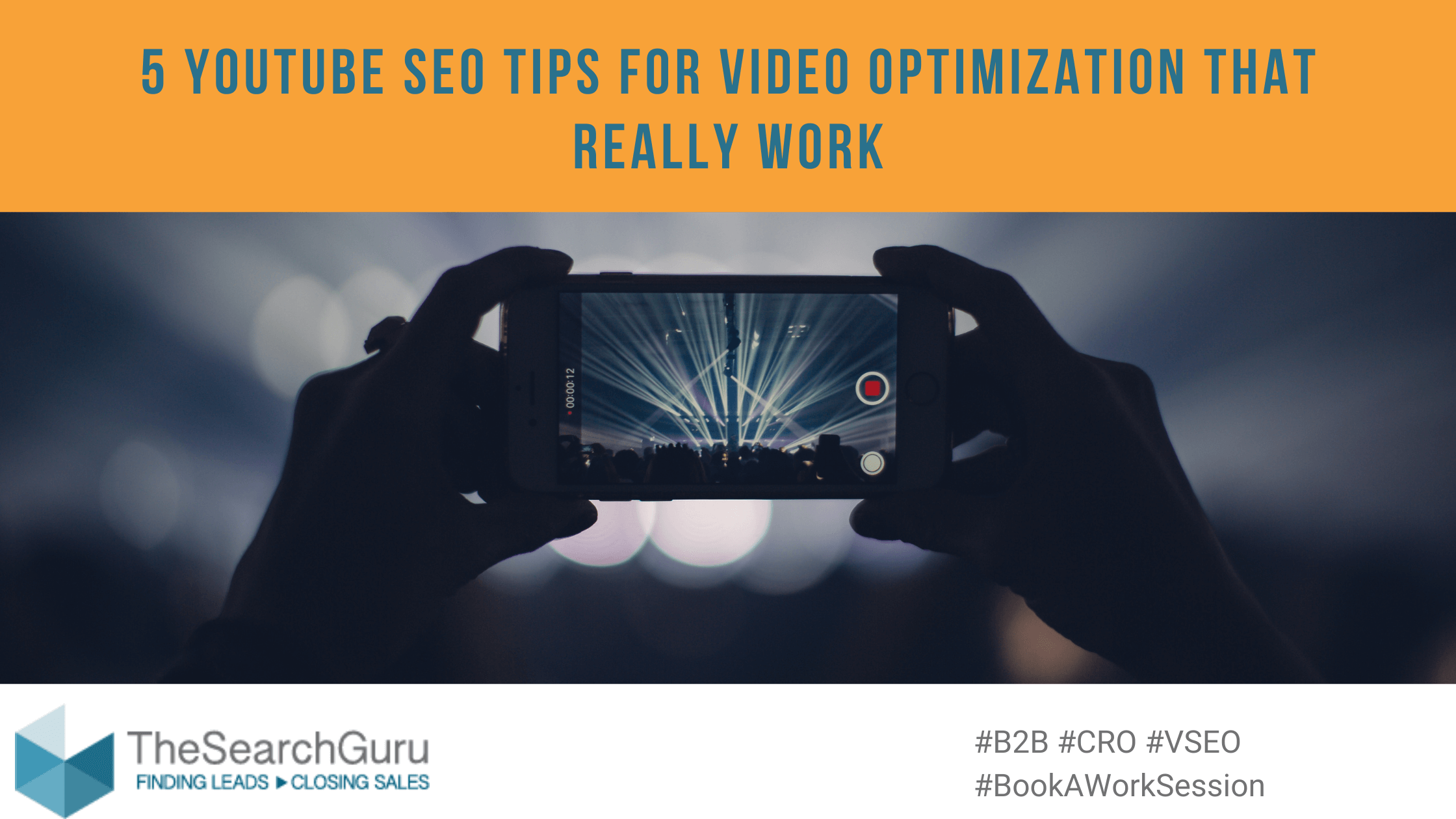Website conversion optimization answers the big question: what do my customers want to see on my website?

In a previous post, we explored the pitfalls of letting a HiPPO design your website. Too often, websites are shaped by the wants of executives / managers and not by the needs of clients / customers.
Conversion optimization bridges the gap between what you think you know about your audience and what your audience is actually telling you via a process that objectively measures improvements made in page design / content which empowers site owners to make informed decisions about their customers’ likes and dislikes.
How conversion optimization / landing page optimization works
This post will highlight the use of Google Content Experiments, which was integrated into Google Analytics last year.
Google Content Experiments uses an A/B/N approach, where N is a variable that can mean any number of differing page versions call experiments.
This approach allows site owners to test more than one version of a page against a control.
- A – Control
This is the current version of your page. - B – Experiment
This page is based on the control, but with changes such as different calls to action (CTAs), unique value propositions (UVPs) or image-based elements. - C – Experiment
This page is also based on the control, but with changes differing from B.
Each experiment page needs to have its own URL. Be sure to add the rel=canonical tag to each experiment page to avoid duplicate content.
Defining conversion optimization / landing page optimization test elements
Instead of guessing what the best CTAs or UVPs are, test them! Here are some basic elements to try varying on your experiment pages:
- CTAs (Call-to-action)
- Shop now
- Limited time offer
- Quantities limited
- UVPs (Unique value proposition)
- Free shipping
- Free samples
- Exclusive products
- Image-based elements
- Featured product
- Featured category
- Featured customer
Determining a winner from your website conversion optimization / landing page optimization experiments
During the setup wizard process, Google Content Experiments will ask you to associate your experiment with a goal in Google Analytics.
For e-commerce sites, we suggest that the goal not be set to your order confirmation page, but to a page where you can tell if the desired action has been completed, such as a page view of a featured product.
We recommend a minimum of 300 desired actions be completed before a clear winner is chosen; however, Google provides projection data to give you a sense of a likely winner.
Once a winner has been determined (or an experiment ends), it’s up to you to implement the winning version. Google will not do this for you.
Be sure to 301 (redirect) your experiments to your winning page as visitors may have bookmarked your experiment pages.
That’s it! If you have additional questions about website conversion optimization / landing page optimization please let us know in the comments below. To schedule a free SEO gift session please contact The Search Guru today!






Leave A Comment